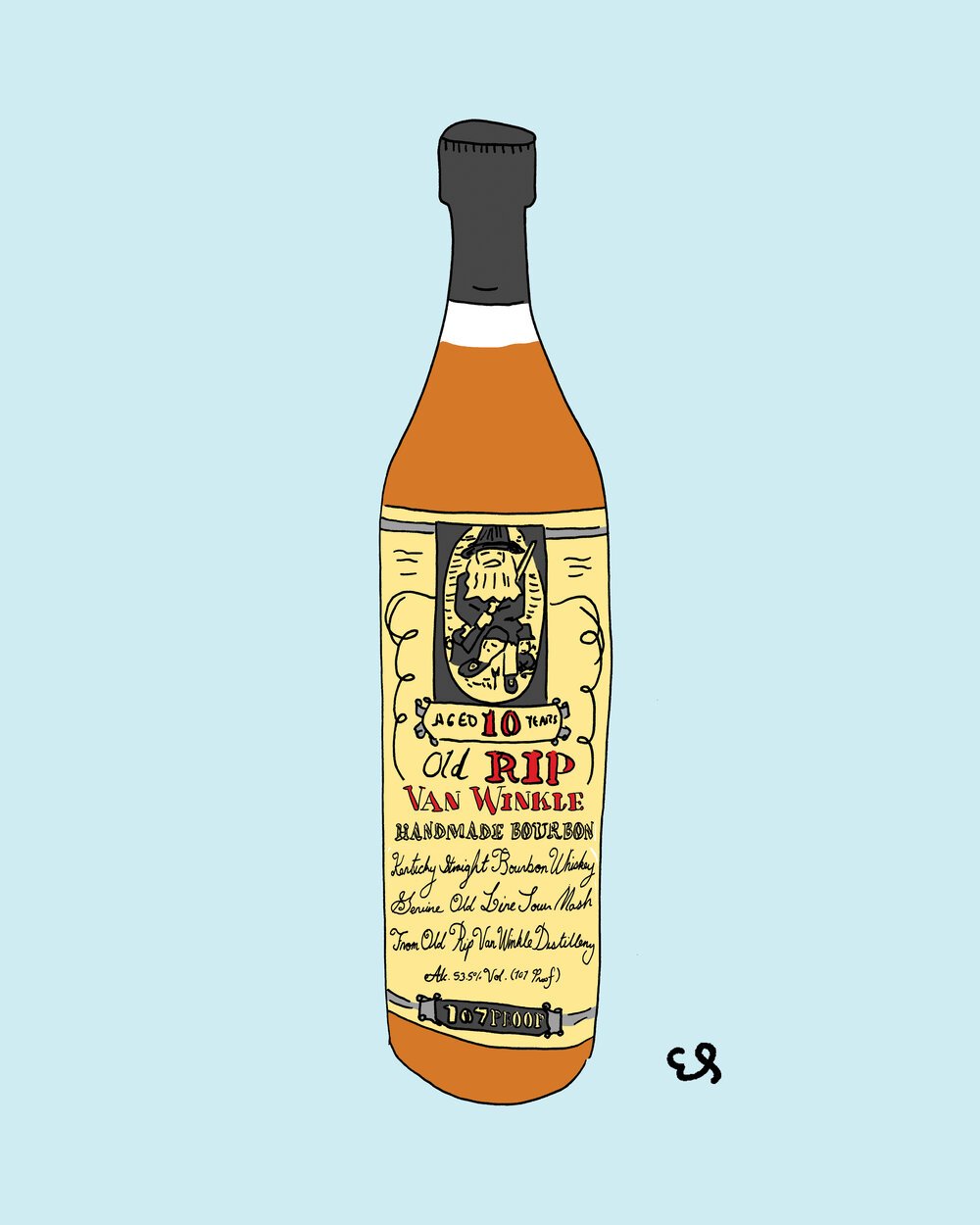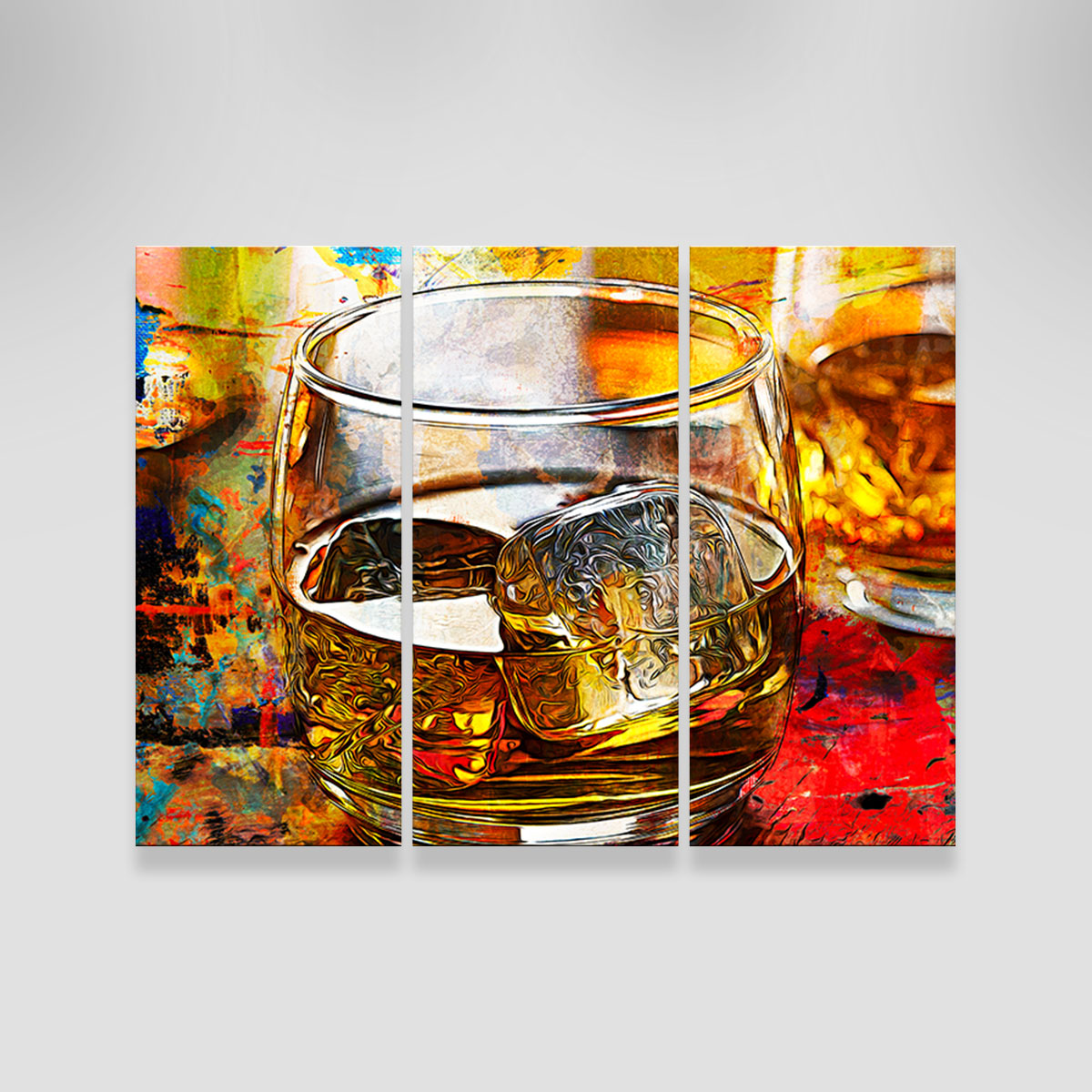Check out the World of Bourbon Art: A Trip Via Society and Workmanship
Check out the World of Bourbon Art: A Trip Via Society and Workmanship
Blog Article
The Significance of Whiskey Art in Celebrating Heritage and Workmanship in the Beverage Sector
The intricate partnership between whiskey art and the event of heritage and craftsmanship within the drink industry can not be overemphasized. With attentively developed labels and containers, whiskey brand names encapsulate their historic origins and the artisanal skills that specify their production approaches.
The Historical Origins of Whiskey
At the heart of bourbon's allure exists an abundant tapestry of historical origins that trace back to old people. The beginnings of scotch can be connected to the distillation methods of the Sumerians and Babylonians around 2000 BCE, where very early forms of fermented grain drinks started to emerge. It was in the Center Ages that the art of purification developed substantially, particularly in Ireland and Scotland, leading to the creation of scotch as we recognize it today.
The term "whiskey" itself originates from the Gaelic word "uisce beatha," indicating "water of life." This expression highlights the social importance of scotch in Celtic cultures, where it was often connected with rituals, events, and public bonding. By the 15th century, purification became a recognized craft within monastic neighborhoods, leading the way for the facility of lawful distilleries.
As profession routes expanded, whiskey's appeal expanded, going beyond local borders and recording the interest of connoisseurs worldwide. Whiskey Art. This historical journey reflects not just the workmanship behind bourbon manufacturing yet additionally its indispensable duty in social and cultural contexts, marking it as a considerable beverage throughout history
Artistic Expression in Branding
Whiskey branding stands as a compelling intersection of artistry and business, where aesthetic identity plays an essential function in shaping consumer perception. The aesthetic appeals of scotch labels, product packaging, and advertising and marketing products show not just the brand name's tale however likewise its core worths and heritage. Via creative expression, distilleries communicate a narrative that reverberates with customers, evoking emotions and triggering links.
The usage of color, typography, and images in branding serves to differentiate items in a saturated market. Typical motifs might evoke a feeling of authenticity and workmanship, while modern styles can signify technology and forward-thinking. This strategic creative direction improves brand name recognition and commitment, permitting consumers to build a personal connection with the bourbon they choose.
In addition, artistic expression in branding commonly functions as an event of local heritage. Distilleries frequently integrate neighborhood icons or historical recommendations right into their designs, producing a feeling of area that invites consumers to participate in a broader cultural experience. Eventually, the virtuosity behind whiskey branding not just improves aesthetic allure but likewise enhances the total story of the brand, fostering a much deeper appreciation for the craftsmanship and heritage ingrained in each bottle.
Workmanship in Container Design
The creativity obvious in bourbon branding expands beyond visual identification to incorporate the workmanship entailed in container design. Each bottle acts as a vessel not just for the spirit within, but likewise for the tale it outlines its beginning, top quality, and practice. The design process calls for thorough focus to information, as components such as product, closure, and shape contribute substantially to the general understanding of the whiskey.
Craftsmanship in container design involves selecting high-quality glass that can boost the bourbon's color and clarity, while also giving a responsive experience for the consumer. The shape of the container need to be both practical and aesthetically enticing, usually mirroring the heritage of the brand. Many distilleries decide helpful resources for unique shapes or printed logos that stimulate a sense of authenticity and background.
Furthermore, the tag style and typography play an important role in connecting the brand's story. Whiskey Art. A well-crafted container not only astounds the consumer's eye but likewise reinforces the brand name's commitment to high quality and practice. In this method, the craftsmanship of container design ends up being a vital element of the whiskey experience, merging virtuosity with a profound regard for heritage
Social Relevance of Bourbon Art
Celebrating practice and craftsmanship, the cultural value of scotch art goes beyond mere appearances, intertwining with the historical and social stories of the areas from which it stems. Each bottle functions as a canvas, portraying the special stories, folklore, and practices that have actually shaped regional whiskey-making techniques. The intricate styles usually reflect the heritage of the distillers, integrating signs and concepts that resonate with the society and worths of their communities.

Furthermore, whiskey art plays a crucial role in common celebrations and events, functioning as a tangible link in between people and their shared experiences. By appreciating the virtuosity in whiskey product packaging, customers cultivate a much deeper understanding and regard for the craft, inevitably enhancing their satisfaction of the beverage itself.
Modern Trends in Scotch Discussion
In recent times, the presentation of scotch has actually developed to show modern tastes and fads while still honoring standard workmanship - Whiskey Art. Distilleries are progressively concentrating on aesthetic aspects that improve the total alcohol consumption experience, bridging the space in between heritage and modernity
Ingenious container layouts have actually arised, frequently integrating lasting products and imaginative labels that inform compelling tales. Many brands now work together with neighborhood artists, infusing their products with special aesthetic expressions that reverberate with customers. In addition, limited-edition my site launches are often packaged in collectible containers, adding value and appeal for connoisseurs.

Final Thought
In verdict, scotch art offers as an important channel for sharing the heritage and workmanship fundamental in the drink sector. Via intricate branding, innovative bottle styles, and culturally substantial imaginative aspects, scotch brand names properly recognize their traditions and get in touch with consumers. This creative narrative not only raises the recognition of scotch yet additionally reinforces community identity and pride among producers. Ultimately, whiskey art plays an important role in preserving and celebrating the rich cultural tapestry of whiskey-making.


Workmanship in bottle design involves picking high-grade glass that can improve the whiskey's shade and quality, while additionally supplying a tactile experience for the consumer. In this means, the workmanship of bottle layout comes to be a crucial aspect of the bourbon experience, combining artistry with an extensive regard for heritage.
In conclusion, scotch art serves as a crucial channel for expressing the heritage and workmanship integral in the beverage industry.
Report this page